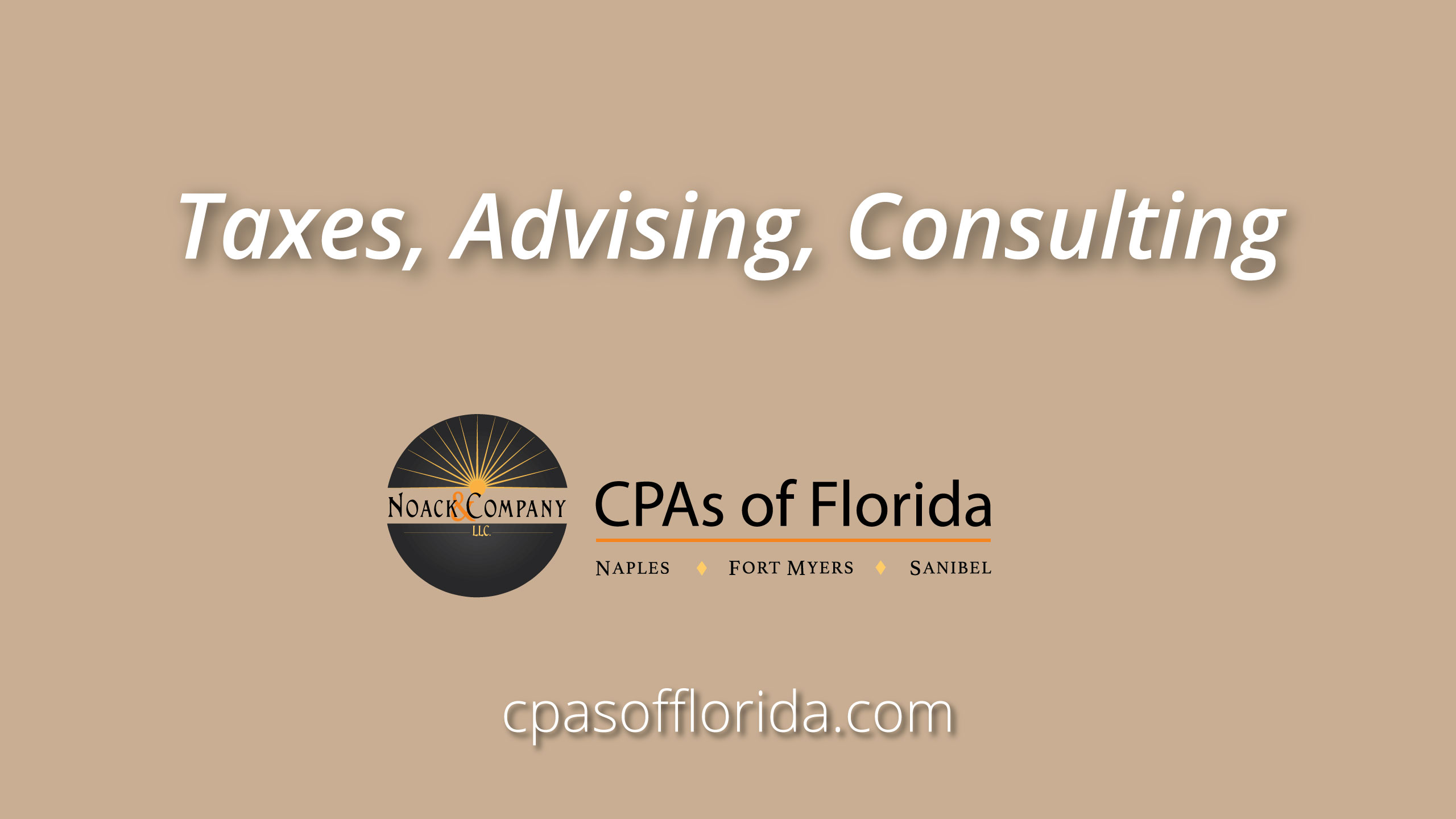
Home Office Deduction
With so many people working from home, I am often asked about deducting home office expenses. Self-employed taxpayers may claim a business deduction for expenses arising from qualifying use of all or part of a residence. Employees are no longer allowed to deduct home office expenses. To claim a deduction the dwelling must be one of the following:
- The principal place of business
- A place to meet clients or customers in the normal course of business
- A separate structure not attached used in connection with the business
- If the dwelling is the only location, space within must be used regularly to store inventory or product samples
Exclusive and Regular Use
In all cases, a home office must be used regularly and exclusively to conduct business. Incidental or occasional use of an area is not regular use, so expenses related to such use are not deductible. It doesn’t have to be a completely isolated space as the IRS will allow for a “separately identifiable space”. The IRS is very strict in its interpretation of exclusive use, so a television or children’s toy’s in the exclusive zone may disqualify the space – except for special rules pertaining to daycare facilities.
Principal Place of Business
If a taxpayer has multiple work locations, he may need to assess where the principal place of business is. The taxpayer should consider the importance of activities conducted, the amount of time spent there, and whether another location could compete as the principal place where work is done. A home office can be the principal place of business even if the taxpayer doesn’t spend most of his or her time there, provided it is the only place used for administrative and management activities. For example, a home builder earns most of his or her revenue on the job site, but can still have a home office for bookkeeping and scheduling. A side benefit of a qualifying home as the principal place of business is the ability to deduct travel expenses between home and work locations.
A Place to Meet Patients, Clients, or Customers
Using part of the home to meet clients can allow for more flexibility and can be deducted even if there is another principal place of business. For example, a Financial Advisor may work from the office 3 days per week and meet clients in the home office 2 days per week, the home office qualifies for a deduction because the activity is substantial and integral to the business.
Calculating the Deduction
The home office deduction is computed by categorizing the direct vs indirect expenses of operating the home. Direct expenses such as carpeting and painting the office are fully deductible. Indirect expenses are allocated pro-rata between business and personal use. Any reasonable method can be used, with the ratio based on the square footage being the most common. Indirect expenses would include real estate taxes, mortgage interest, rent, utilities, insurance, depreciation, repairs, and maintenance. Not all indirect expenses are deductible, for example, lawn care is not a service used in the business.
Deductions for the home office are limited to the gross income generated by the business. Deductions that are limited can be carried over to the next year subject to the same income limitation. It is possible to never take advantage of the deductions if business deductions exceed business income.
There is also a Simplified Method that allows taxpayers to avoid the record-keeping and complex calculation of the actual expense method. Taxpayers can use the prescribed rate of $5 per sq foot up to 300 sq. ft. There is no carryover when using this method.
There are many rules to follow, however, it can be a great way to reduce your taxes if you are self-employed. Be sure to consult with me if you think you may qualify for a home office deduction.
Bradley Gay, CPA
Noack & Company Certified Public Accountants